Healthy Aging by the Decades: Your 50s
The primary question being asked in the majority of sessions for retirement planning is what you will need in terms of financial reserves to carry you through your later years. Unfortunately, this is the only model used in America and worldwide today. However, the question that you should really ponder is: “What will you do if your health fails, and how will your retirement life really be if you will no longer be able take care of myself?” An additional issue revolves around the date at which you start taking your social security benefits, but age is just a number! In reality, what if things don’t go according to plan and you don’t even make it to 70?
What healthy aging should be about 
The concept of healthy aging is something that has appealed to me since I realised that at any point in time I was indeed training for the decades to come. When this dawned on me, I had to re-evaluate my own position on what aging healthfully encompasses. I am convinced that money is only part of the dilemma: if we reach our 50s and 60s with little of the health we desire, what are our realistic prospects? I have concluded that financial planning is not enough: it’s essential to be physically, emotionally, spiritually and professionally fit as well. Recently, I told a friend at the gym that I think that if people go by the common definition of retirement, namely “remaining in a state of leisure”, this will lead to an early death because people literally stop “living”.
The answer is to face the reality that we are all going to age and start preparing as carefully as we can NOW. It is much more appealing to get on with the business of training NOW rather than later when it may be too late. This thought reminds me of the oil filter ad that said: “Pay me now or pay me later” – meaning that you can replace your engine later (at a much higher cost) – or the oil filter today. Which choice would you prefer for your body? Train now or knee replacement later?
What I learned from my 50s
The decade of our 50s is when we start to “show our age”. This is the time when all our bad choices and lifestyle habits catch up with us. The truth is that playing catch up with our health is never a good option and if we prepare now rather than later we can be way ahead of the curve.
When I was in my early 50s, I realized my goal of running a combined 3000 plus miles (3675 to be exact in 1998 and 1999). That record stood until looking back on those two years I made the decision to break 4000 miles in a combined two year span so in 2011, at the age of almost 65, I started my “run” to a new two year record and finished 2011 with a total of 1955 miles. 2012 was in my sights now as a potential record breaker, so as I worked hard toward my new goal, I remained positive that I could make it past 2000 miles. I ended up with an all time record of 2145 miles and a grand total of 4150 miles. I was elated and found courage in setting a goal that had pushed me beyond previous boundaries and out of long held comfort zones.
This was possible because of my record keeping discipline over the years and the fact that I decided to break a record that had been set 12 years before. I share this example with you as a way of demonstrating that we are never old until we decide we are – and to illustrate how the succeeding decade can be influenced by something we did in the preceding one. I am planning for my 70s now based upon the foundation I laid in the previous decades of my life. I am approaching this new decade with the same thought and care that went into my 50s and 60s. Now, I feel a strong desire to maintain what I have achieved in terms of fitness, instead of going backwards and lose what I have gained.
Being driven to accomplish something meaningful is important to living a healthy and fit life. I found my work with my clients rewarding in my 50s. I believe I shared with them the best that was truly me. My 50s were a decade of growth for me. Some of my clients encouraged me to write about my training philosophy. They supported me because they believed in me and what I had been doing to serve and guide them to achieving their goals. They were responsive to my coaching and I in turn loved being with them and seeing them grow and evolve mentally and phsically. My view of life expanded greatly during my 50s. I found my stride – and witnessed becoming happier and more fulfilled than I had been in years.
In my 50s, my world was far from being perfect, but it was filled with love and support from those I cared about and served. My daughter and I grew closer during this decade while she was living a life of adventure and success. The foundation for who I wanted to be – and become – in my 50s had been laid in the previous two decades. I am grateful for my 50s because I fulfilled part of the promise I had shown as a child on Maui: I had become a good man with a kind heart and most importantly open minded. I loved learning and exploring again – just as I had done all those years before in Hawaii. This sense of progression and continuation at the same time, gave me a feeling I was being true to myself, which is the only key to happiness and wellbeing.
Some suggestions for your 50s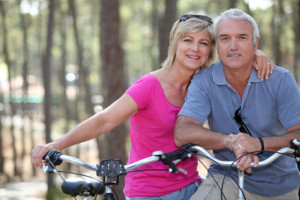
- Continue to refine your plan for fitness activities and stick to it. Make changes sparingly and take one step at a time.
- Be patient and loving toward yourself.
- Eat well, sleep well, manage your stress levels and meditate (think consciously) every day.
- Make choices that FEEL right to you. Don’t live for others, but find your own “center”.
- Be attached to learning about yourself and accepting yourself just as you are – and as you are not.
- Practice being grateful and have an attitude of acceptance and forgiveness. These two traits will carry you far.
- Make an effort to reach out for help.
- Don’t rely on the internet for your answers.
- Stay current on issues that are of importance to you and be willing to say to yourself “I don’t know but I am willing to learn.” No one is an expert on everything – especially when it comes to life. Don’t hold yourself to that standard. Become an authority on yourself and the rest will take care of itself.
- Be a student of your own life and an expert on becoming who you want to be – and let the rest go!
I will cover the 60’s and beyond in the final part of this series being fully aware that I have only “scratched the surface” of this examination and exploration of “training for the decades ahead”!
Originally printed on HealthyNewAge.com. Reprinted with permission from Nicholas Prukop.
Nicholas Prukop is an ACE Certified Personal Trainer & a Health Coach, a fitness professional with over 25 years of experience whose passion for health and fitness comes from his boyhood in Hawaii where he grew up a swimmer on Maui. He found his calling in writing his first book “Healthy Aging & You: Your Journey to Becoming Happy, Healthy & Fit” and since then he has dedicated himself to empowering, inspiring and enabling people of all ages to reach for the best that is within them and become who they are meant to be – happy, healthy and fit – and be a part of a world where each person can contribute their own unique gifts to life.
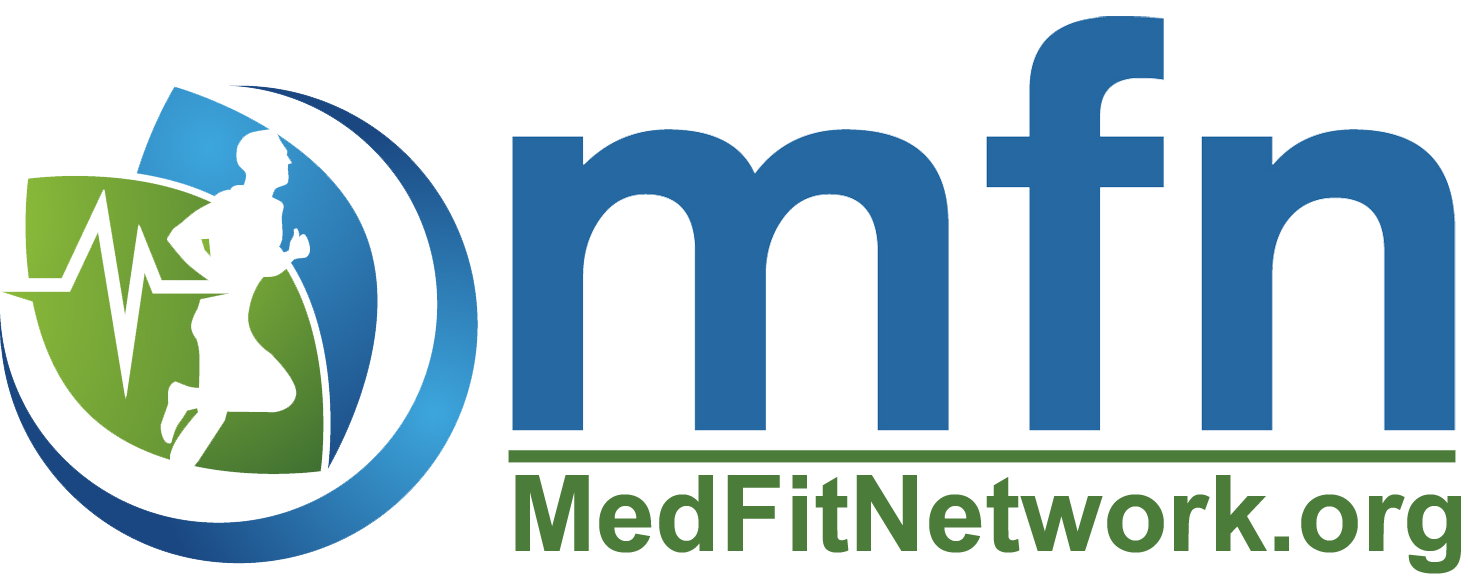

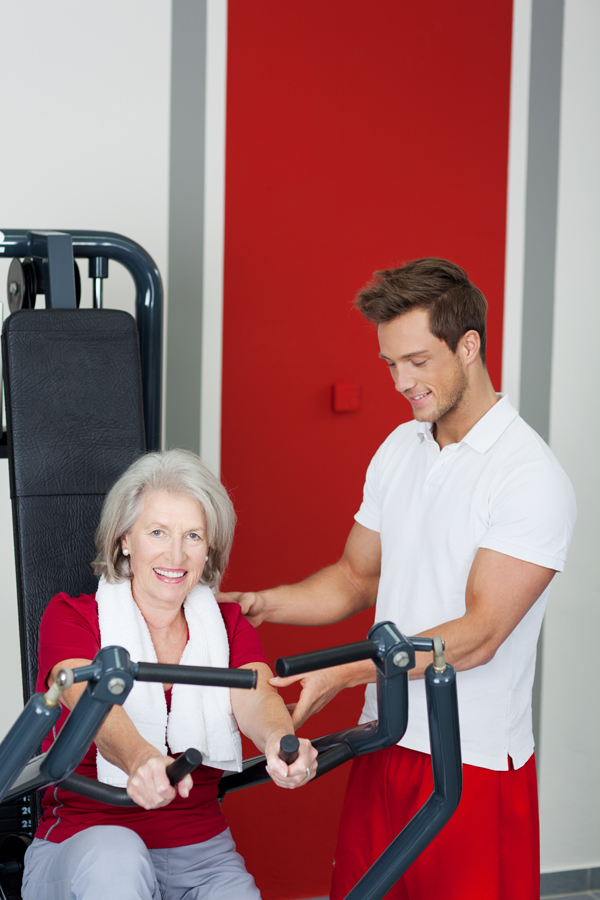
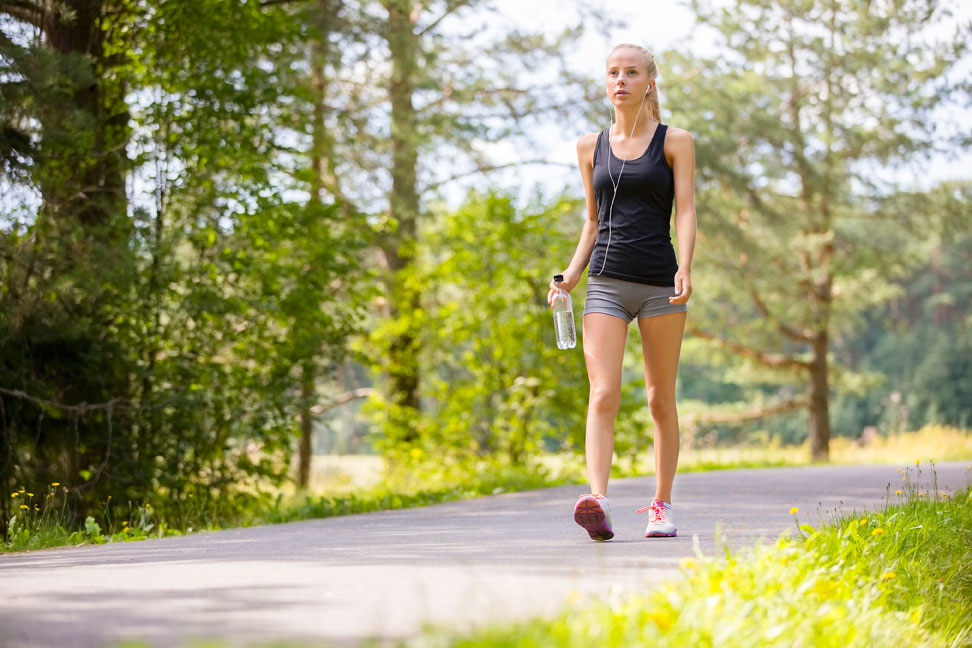
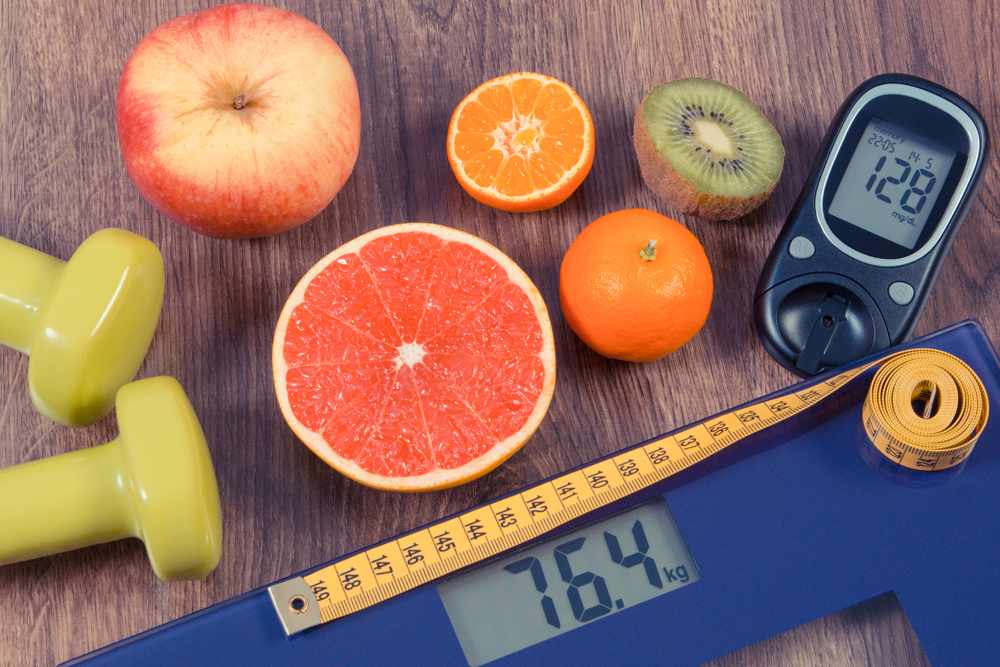
 To understand how exercise treats diabetes, it is important to understand that diabetes is the end result of insulin resistance. Insulin resistance can be illustrated in that: when we eat something with carbohydrates or sugar, our body breaks it down into blood sugar known as glucose. This glucose triggers a response from our pancreas to produce the hormone insulin. Insulin in turn shuttles the blood sugar into the cells to be used as energy. However, when someone becomes insulin resistant the cells do not respond to the insulin’s attempt to shuttle the blood sugar into the cell, so the pancreas produces more insulin to get the same job done. In essence, the cells are developing a tolerance to the insulin and in order to get the blood sugar absorbed the cells begin to require more and more insulin to do the same job. This leads to the blood retaining the blood sugar for prolonged periods of time as well as an elevated presence of insulin. When someone has prolonged high blood sugar, we call this hyperglycemia and the person is said to be diabetic. Having high blood sugar is dangerous due to the stress it places on cells. It can cause many problems up to and including death.
To understand how exercise treats diabetes, it is important to understand that diabetes is the end result of insulin resistance. Insulin resistance can be illustrated in that: when we eat something with carbohydrates or sugar, our body breaks it down into blood sugar known as glucose. This glucose triggers a response from our pancreas to produce the hormone insulin. Insulin in turn shuttles the blood sugar into the cells to be used as energy. However, when someone becomes insulin resistant the cells do not respond to the insulin’s attempt to shuttle the blood sugar into the cell, so the pancreas produces more insulin to get the same job done. In essence, the cells are developing a tolerance to the insulin and in order to get the blood sugar absorbed the cells begin to require more and more insulin to do the same job. This leads to the blood retaining the blood sugar for prolonged periods of time as well as an elevated presence of insulin. When someone has prolonged high blood sugar, we call this hyperglycemia and the person is said to be diabetic. Having high blood sugar is dangerous due to the stress it places on cells. It can cause many problems up to and including death.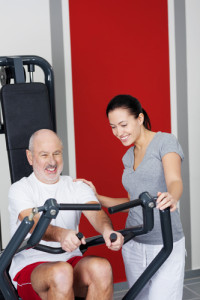 What is known is:
What is known is: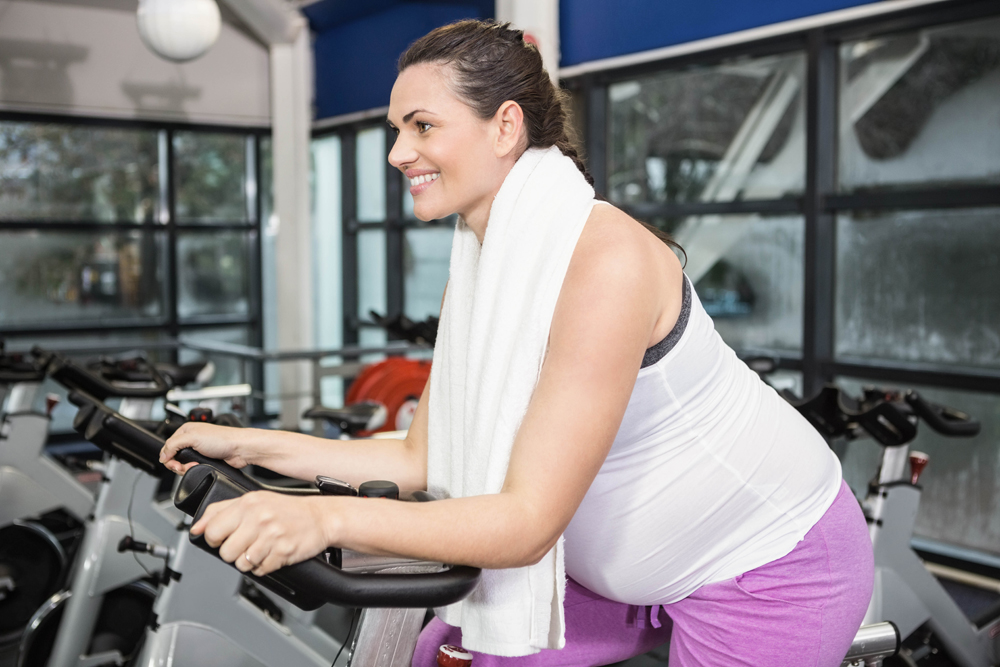
 Pregnancy can be a joyous time for women and it is also a period where the body experiences many significant changes. Since exercise can be beneficial to the mother in managing stress and staying healthy, it is important to for every pregnant woman to get clearance from their physician for both starting a new exercise program and/or maintaining her existing one.
Pregnancy can be a joyous time for women and it is also a period where the body experiences many significant changes. Since exercise can be beneficial to the mother in managing stress and staying healthy, it is important to for every pregnant woman to get clearance from their physician for both starting a new exercise program and/or maintaining her existing one.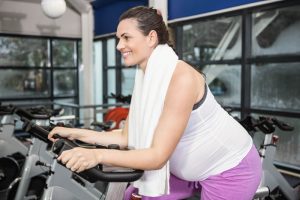 Examples of some exercises that you can do safely while you are pregnant are walking, water workouts, stationary bicycling, yoga and Pilates. Walking is a good option for many pregnant women because it is easy on the joints and muscles and it also gives a total body workout. If however you have low back pain you might consider wearing a pregnancy support belt and/or water workouts to reduce stress on the back. The water supports your weight so you avoid injury and muscle strain. For those who like bicycling and want to continue, stationary bicycling is a great alternative to avoid falls. Modified yoga and Pilates are great for reducing stress, improving flexibility, and focused breathing. Keep in mind that balance poses/exercises can be challenging due to a shift in the center of gravity caused by a growing belly, so it is okay to modify to accommodate this change. Pregnant women should also avoid poses that require them to be still or lie on their back for long periods.3
Examples of some exercises that you can do safely while you are pregnant are walking, water workouts, stationary bicycling, yoga and Pilates. Walking is a good option for many pregnant women because it is easy on the joints and muscles and it also gives a total body workout. If however you have low back pain you might consider wearing a pregnancy support belt and/or water workouts to reduce stress on the back. The water supports your weight so you avoid injury and muscle strain. For those who like bicycling and want to continue, stationary bicycling is a great alternative to avoid falls. Modified yoga and Pilates are great for reducing stress, improving flexibility, and focused breathing. Keep in mind that balance poses/exercises can be challenging due to a shift in the center of gravity caused by a growing belly, so it is okay to modify to accommodate this change. Pregnant women should also avoid poses that require them to be still or lie on their back for long periods.3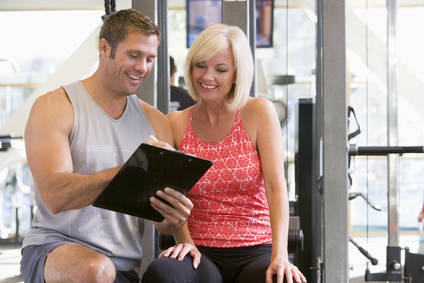


 Maximizing success in life and in business is dependent upon a complete relationship. To optimize your success you must see your time away from others just as important as the time you spend with them.
Maximizing success in life and in business is dependent upon a complete relationship. To optimize your success you must see your time away from others just as important as the time you spend with them.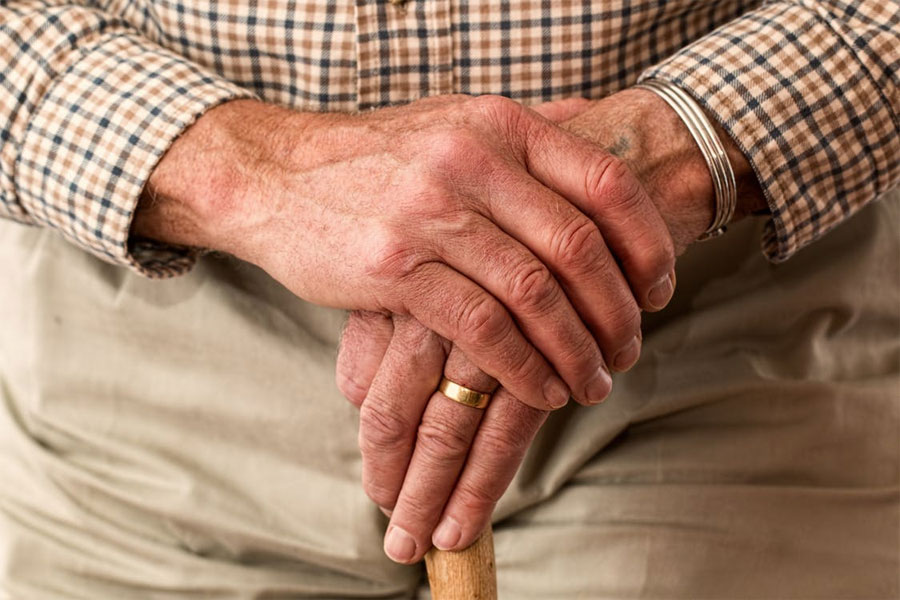
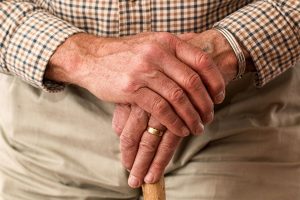 I am not concerned with entering into the conversation about who is elderly, or these new hip ideas about saying 100 years young (this expression can be equally oppressive as the objectification of “the elderly”).
I am not concerned with entering into the conversation about who is elderly, or these new hip ideas about saying 100 years young (this expression can be equally oppressive as the objectification of “the elderly”). As well-intentioned measures are created to protect people who are elderly from abuse, flu and fraud, sometimes these very policies further objectify the people they are intending to help. Headlines read: “How to care for the elderly” Really? There’s a one-size-fits-all approach for caring? I didn’t realize all members of the elderly needed caring for. According to Education First, world leaders in International Education since 1965,“Use the [emphasis in original] with adjectives to refer to a whole group of people.” One of three examples given on their website is: “The elderly require special attention”. How would our world be if we offered special attention to everyone?
As well-intentioned measures are created to protect people who are elderly from abuse, flu and fraud, sometimes these very policies further objectify the people they are intending to help. Headlines read: “How to care for the elderly” Really? There’s a one-size-fits-all approach for caring? I didn’t realize all members of the elderly needed caring for. According to Education First, world leaders in International Education since 1965,“Use the [emphasis in original] with adjectives to refer to a whole group of people.” One of three examples given on their website is: “The elderly require special attention”. How would our world be if we offered special attention to everyone?